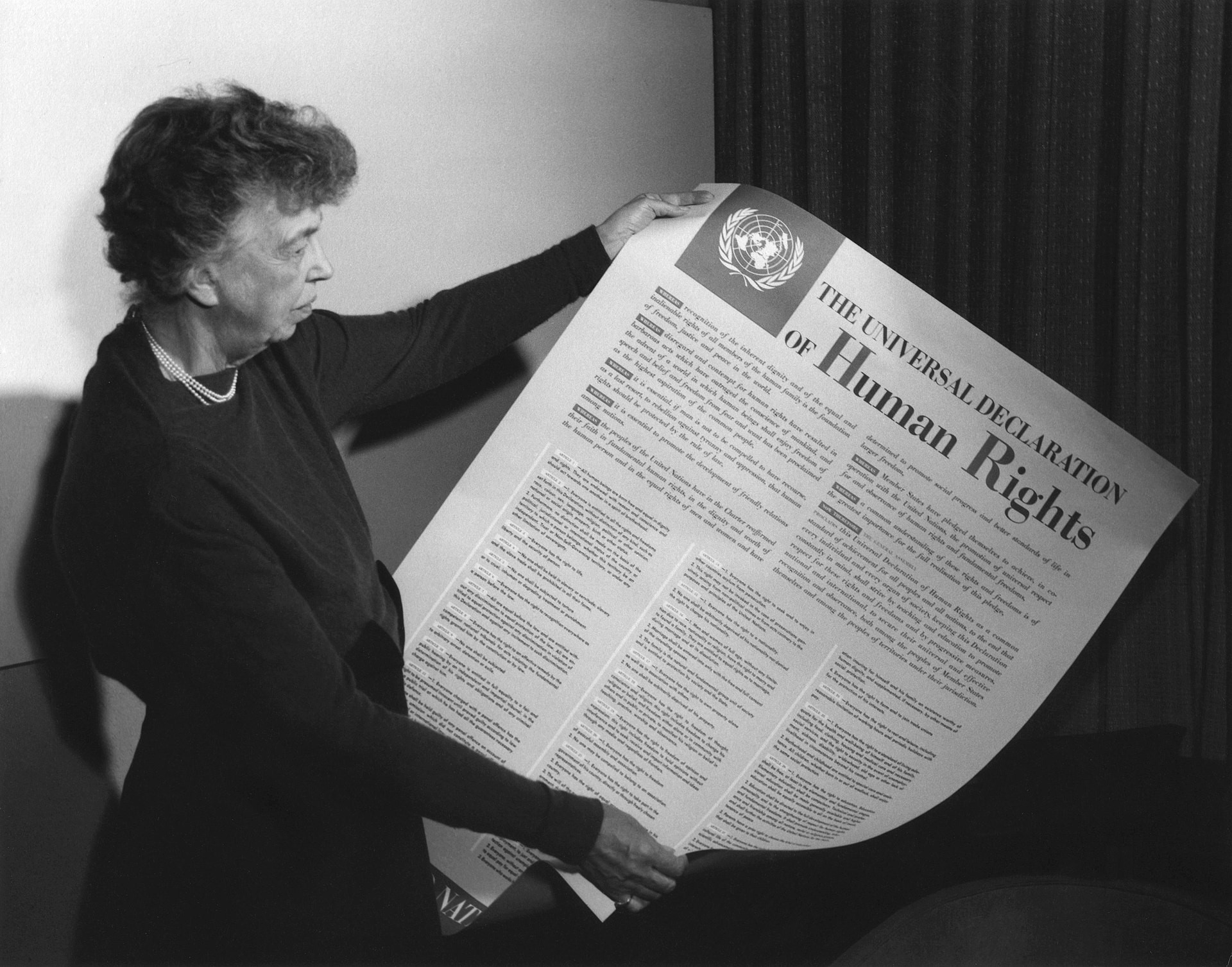Free Courses Sale ends Soon, Get It Now


Free Courses Sale ends Soon, Get It Now



Disclaimer: Copyright infringement not intended.
Context
Details
Key Elements of the Universal Declaration of Human Rights
Structure:
Content:
Origins and Purpose:
Achievements and Impact
Criticisms
Commemoration
Conclusion
In summary, the UDHR, though not a legally binding treaty, is a seminal document instrumental in shaping international human rights norms, advocating for universal dignity, equality, and freedoms for all individuals.
|
PRACTICE QUESTION Q. Discuss the significance and impact of the Universal Declaration of Human Rights (UDHR) in shaping global human rights discourse. (250 Words) |
© 2024 iasgyan. All right reserved